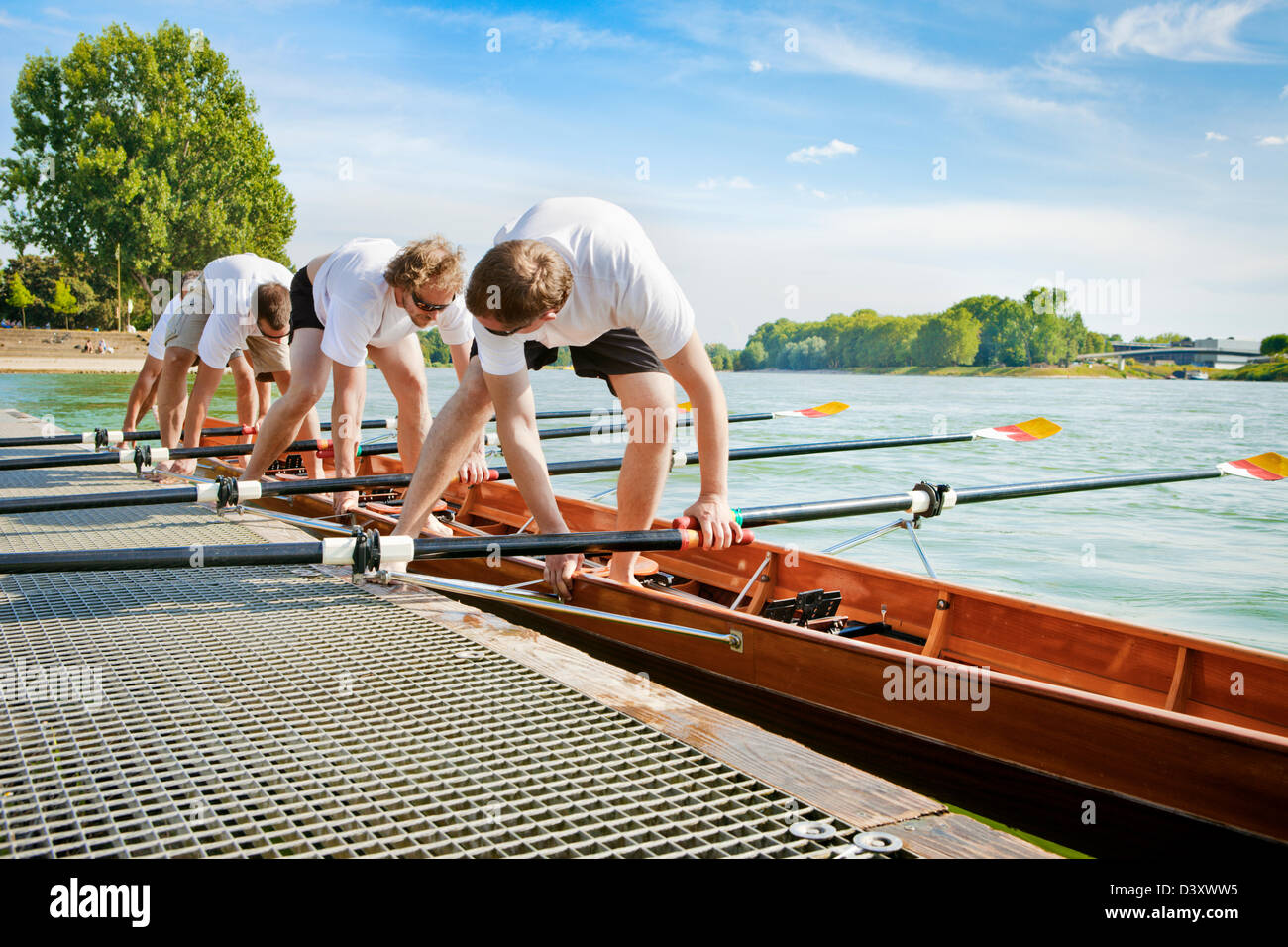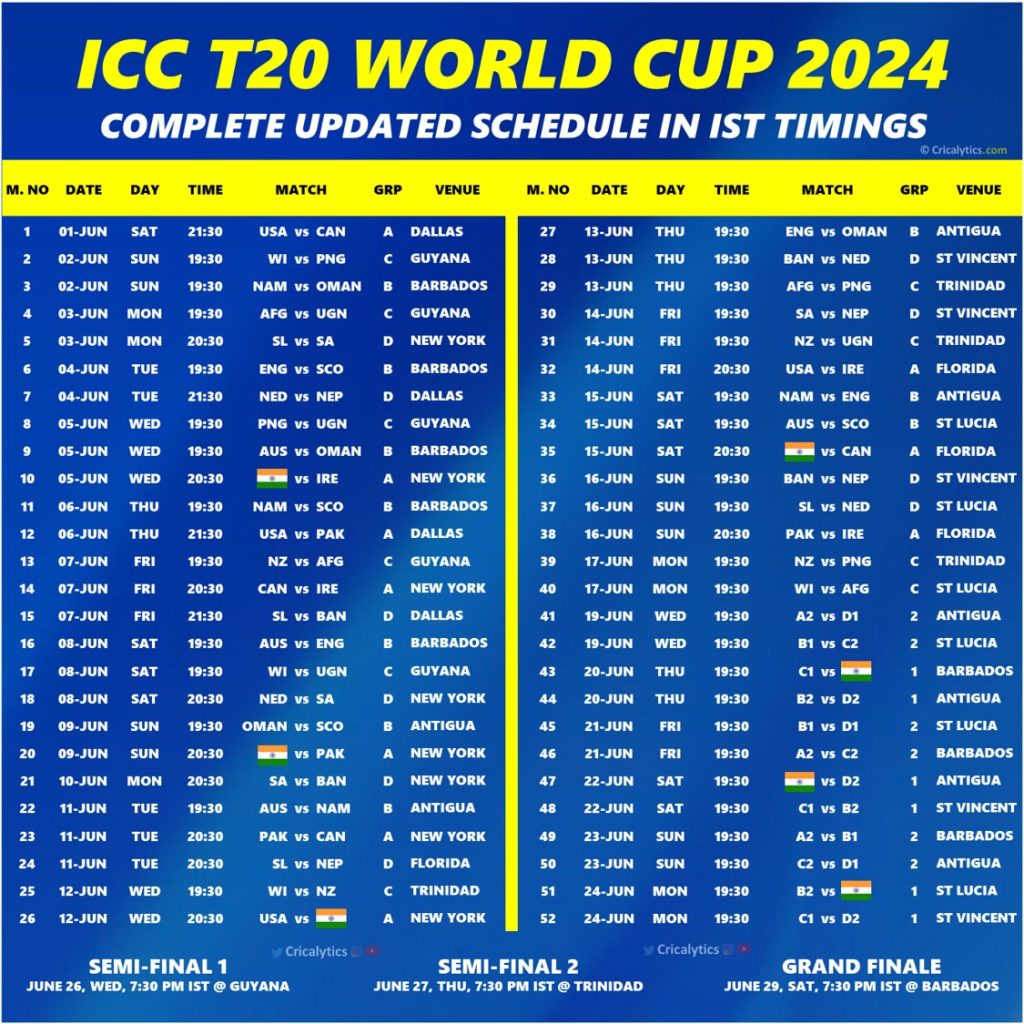
Rowing Team Coordination: Tips for Peak Performance
Rowing, at its core, is a team sport. While individual strength and skill are crucial, the true power of a rowing crew lies in its seamless coordination. A perfectly synchronized eight can effortlessly glide through the water, generating far more speed and efficiency than the sum of its individual parts. Achieving this level of coordination, however, requires meticulous attention to detail, consistent practice, and a deep understanding of both individual roles and the collective dynamic. This article delves into key strategies and techniques to optimize rowing team coordination, leading to peak performance and unparalleled success.
I. Establishing a Strong Foundation: Communication and Trust
Before even touching the oars, a successful rowing team must cultivate a strong foundation built upon clear communication and unwavering trust. These two pillars are interwoven and mutually reinforcing: effective communication fosters trust, and trust enables open communication.
-
Open and Honest Communication: Establish a culture where every member feels comfortable voicing concerns, suggesting improvements, and offering constructive criticism. This isn’t just about technical feedback; it includes emotional intelligence – understanding teammates’ strengths, weaknesses, and individual needs. Regular team meetings, both formal and informal, are crucial for fostering this open dialogue. The coach should lead by example, creating a safe space for open discussion.
-
Clear and Concise Language: Rowing uses specific terminology, and everyone must understand and utilize it consistently. This avoids confusion and ensures that commands and feedback are instantly understood. Coaches should dedicate time to teaching and reinforcing this rowing lexicon. Simple, direct language is preferable to complex jargon.
-
Active Listening: Active listening is more than just hearing; it’s about fully understanding what others are saying, both verbally and nonverbally. Teammates should be attentive to each other’s cues, including subtle changes in rhythm or body language, which can signal potential problems.
-
Building Trust through Shared Experiences: Trust isn’t built overnight. It requires shared experiences, both successes and failures. Team-building exercises, both on and off the water, can strengthen bonds and foster mutual respect. Celebrating victories together and supporting each other during setbacks builds resilience and strengthens the team’s collective identity.
II. Mastering the Technical Aspects: Synchronization and Rhythm
Technical proficiency forms the bedrock of effective coordination. Each rower must execute their individual strokes flawlessly, and the entire crew must synchronize their movements to create a unified force.
-
Consistent Bladework: Each rower must strive for identical bladework: consistent catch, drive, finish, and recovery. This requires rigorous individual training and constant feedback from the coach. Video analysis can be invaluable in identifying and correcting individual inconsistencies.
-
Synchronized Timing: The entire crew must move as one, maintaining a precise rhythm. This requires attention to detail in every phase of the stroke: the start of the drive, the power phase, and the finish. Coaches can use various methods to improve timing, such as metronomes, audio cues, and visual aids.
-
Maintaining Boat Balance: Balance is critical for speed and efficiency. The entire crew must work together to maintain the boat’s equilibrium, avoiding unnecessary rocking or swaying. This requires careful attention to weight distribution and coordination during the stroke cycle.
-
Pressure and Rate Control: The crew must maintain consistent pressure on the oars throughout the stroke, avoiding sudden bursts or lulls. Rate control is equally important, ensuring a steady rhythm that maximizes efficiency and minimizes fatigue.
-
Effective Steering and Coxswain Communication: The coxswain plays a vital role in coordinating the crew, providing clear instructions, maintaining course, and monitoring the team’s performance. Clear and concise communication between the coxswain and the rowers is paramount.
III. Enhancing Team Dynamics: Leadership and Motivation
A high-performing rowing team needs strong leadership and sustained motivation. Leadership shouldn’t be solely the responsibility of the coach; it should be distributed amongst the crew.
-
Developing Leadership within the Crew: Encourage crew members to take on leadership roles, fostering a sense of shared responsibility. This can involve appointing boat captains, stroke seats, or other leadership positions within the boat.
-
Positive Reinforcement and Feedback: Positive reinforcement and constructive feedback are essential for maintaining motivation and morale. Focus on celebrating successes and learning from setbacks, fostering a growth mindset within the team.
-
Building Team Cohesion: Team cohesion is crucial for effective coordination. This can be achieved through various team-building activities, social events, and shared experiences, both on and off the water.
-
Addressing Conflicts Constructively: Conflicts are inevitable in any team. The ability to address conflicts constructively is crucial for maintaining team unity and productivity. The coach should facilitate open dialogue, encouraging constructive criticism and problem-solving.
-
Celebrating Successes and Learning from Setbacks: A culture that celebrates successes and learns from setbacks fosters resilience and strengthens team bonds. This requires acknowledging individual contributions and recognizing the collective effort required for success.
IV. Utilizing Technology and Data Analysis:
Modern technology offers valuable tools for improving rowing team coordination.
-
Video Analysis: Video analysis allows coaches and rowers to identify technical flaws and areas for improvement. This provides concrete, visual feedback, making it easier to understand and correct inconsistencies.
-
Performance Monitoring Systems: GPS trackers and other performance monitoring systems can provide valuable data on speed, power output, and other key metrics. This data can be used to assess team performance and identify areas for improvement.
-
Ergometer Training: Ergometer training allows rowers to practice their technique and timing in a controlled environment. This helps develop consistency and improves individual performance, which directly translates to better team coordination.
V. The Role of the Coach:
The coach plays a pivotal role in fostering team coordination. Their responsibilities extend beyond technical instruction to encompass leadership, motivation, and team building.
-
Creating a Positive and Supportive Environment: The coach should create a positive and supportive environment where every rower feels valued and respected. This fosters trust, open communication, and a strong team spirit.
-
Providing Constructive Feedback: Constructive feedback is essential for improvement. Coaches should provide specific, actionable feedback, focusing on both individual performance and team coordination.
-
Developing a Clear Training Plan: A well-structured training plan is crucial for developing strength, endurance, and technical proficiency. The training plan should incorporate drills specifically designed to improve team coordination.
-
Facilitating Team Communication and Conflict Resolution: The coach should facilitate open communication and help resolve conflicts constructively. This ensures that the team functions effectively and maintains a positive dynamic.
By focusing on these key areas – communication, technical proficiency, team dynamics, technology, and coaching – rowing teams can significantly improve their coordination, leading to enhanced performance, greater efficiency, and ultimately, remarkable success. The journey towards peak performance is a continuous process of refinement, requiring unwavering dedication, consistent effort, and a shared commitment to excellence.



